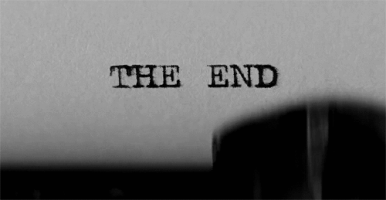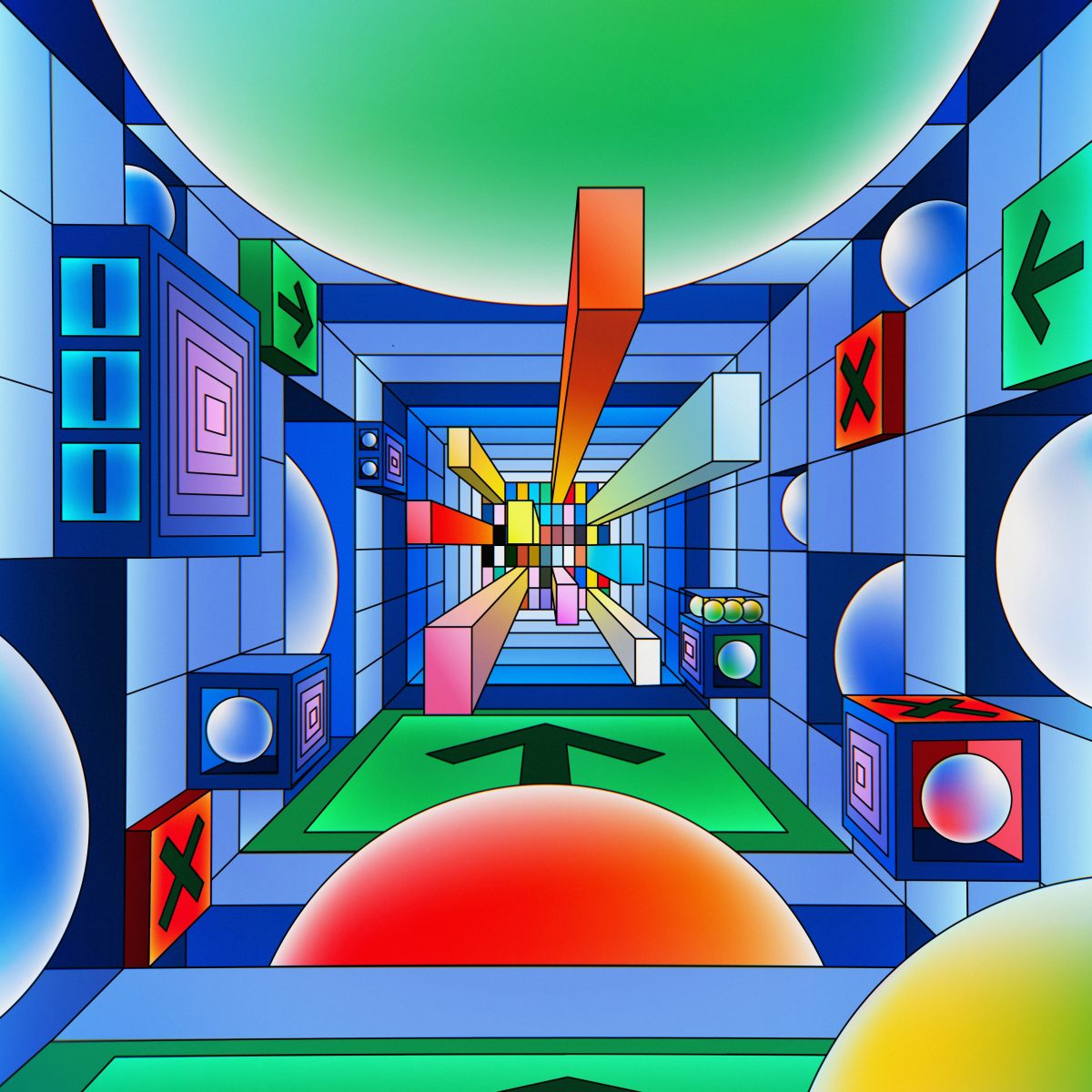The term “artificial intelligence” was first coined in 1956, but the field of AI has seen a resurgence in recent years due to advances in machine learning. Machine learning is a subset of AI that deals with the ability of computers to learn from data. This is different from traditional programming, where a programmer writes code to tell the computer what to do. With machine learning, the computer writes its own code based on the data it is given.
This has led to some amazing achievements, such as a computer being able to beat a human champion at the game of Go, and algorithms that can generate realistic images of people who don’t exist. But as AI gets better at generating images, writing code, and doing other creative tasks, there is a risk that it will replace human creativity. After all, if a machine can do it better, why bother with a human?
There are already examples of AI replacing human creativity. For instance, Adobe’s “Photoshop Express” app uses AI to automatically remove blemishes and improve the color of photos. And the “deep learning” algorithm used by Google’s “Quick, Draw!” game is better at identifying doodles than humans are. As AI gets better and better at creative tasks, it is likely that more and more jobs that currently require creativity will be replaced by machines.
This could have a devastating impact on the employment market, as well as on our culture as a whole. So far, AI has mostly been used to supplement human creativity, rather than replace it. For instance, Adobe’s “Creative Cloud” app uses AI to suggest colors and shapes that might be used in a design. And the “Airtable” app uses AI to automatically generate charts and graphs from data. But as AI gets more powerful, it is likely that it will increasingly be used to replace human creativity. We need to be aware of this risk and take action to ensure that AI is used to supplement human creativity, rather than replace it.

All of the above was written by OpenAI’s machine learning engine: text-davinci-002
Now you may be wondering, the end? Why the question mark? Isn’t the blog post finished? All of this may confuse you about what is currently going on in this blog post. Let me explain. The blog post you just read was 100% written by a machine! It is tough to wrap one’s head around the inner workings of it all, but it is straightforward to understand on the surface.
I, the human writing this blog post, typed one single sentence into a text generator, ‘Write a 300-word blog post on how artificial intelligence is replacing human creativity,’ and at the push of a button (and waiting roughly 5 seconds), BOOM, an informative and elegantly written blog post! It really was that easy.
As my AI friend has already gracefully informed you, machine-learning tools and AI have seen massive advancements in recent years, with game winning robots and on the fly image editors — or even essay writers. One particularly active company in this space is OpenAI, which is responsible for creating the algorithm text-davinci-002, the software that allowed me to make the blog above. Although this type of software is groundbreaking and exciting, we, as humans, now face various new ethical dilemmas.
A dilemma that arises from this type of technology is how to define plagiarism. Can I, as the human creator who provides input into the model, claim the output as my own work? Or do I accredit the work to the AI itself? Or the developer of the model? Or the author(s) that created the original data that the model learned from?
Going forth, I believe society will continue to face these ethical dilemmas and hopefully find a sound solution without too much trial and error. These AI tools can be extremely dangerous but, at the same time, immensely powerful. So with that being said, let us follow the wise words of the other author of this blog post, ‘We need to be aware of this risk and take action to ensure that AI is used to supplement human creativity, rather than replace it.’


Wow. You really got me there, Aydin. Reading through the first half of ‘your’ blog post already captured me. I was going to comment on how I liked that you combined a very current technology, AI, with a specific part of one of the lectures, the capability of AI to be creative. Moving on, since this was not your work. Well done on writing about the concept and showcasing it very captively. After hearing about AI’s creativity in the lecture, I was already amazed by the idea, but I was not expecting it to be this far yet. Thank you for your creative way of showing the current power of AI; it seems like humans still got it after all! I agree with the fact AI can be both a very dangerous and a powerful tool. What do you think would be the biggest threat AI could oppose us, humans? And since your title implies we cannot, do you still see a way we could beat AI?
Also, about the dilemma you mentioned: who do you think should deserve the credit for text written by AI? I think it would be unfair if, in this case, for instance, you were crowned as the author of the piece of text written by text-davinci-002. However, referring to the programmer also seems weird since you could use the software to write things he or she would never agree with. What is your vision on this?
I really like the surprise effect you created with this blog, I did not expect that! The plagiarism part you light up is an interesting topic that will probably set up for much discussion. Besides the plagiarism it would also be interesting to think about the ethics behind AI. Humans are able to use emotion and rationale when writing something but how about a machine? Will they be albe to just post everything they want?